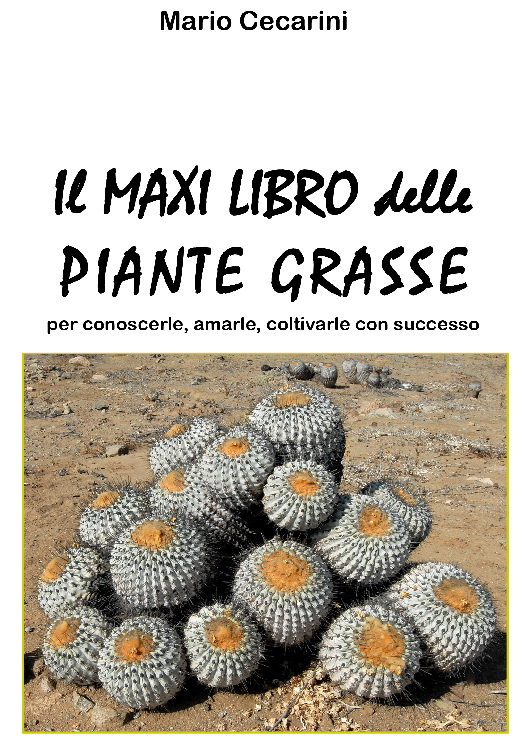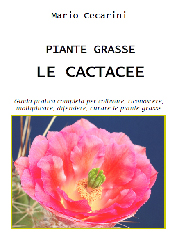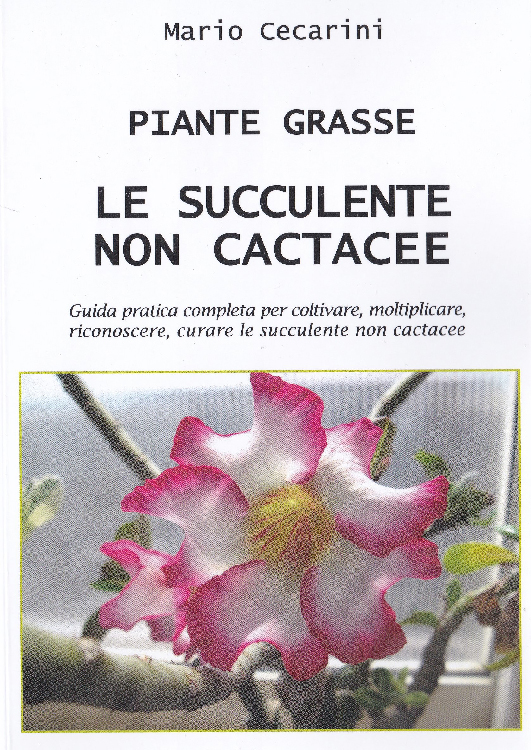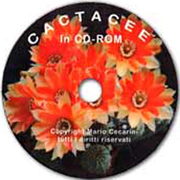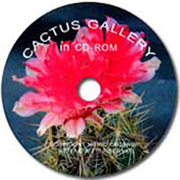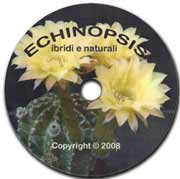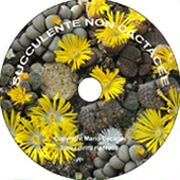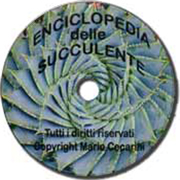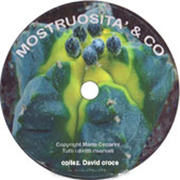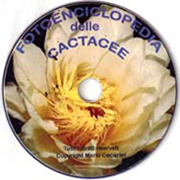Habitat: mainly South Africa although they also occur in Madagascar, Horn of Africa, Arabian peninsula, Island of Elba, Australia and New Zealand.
Description: the Aizoaceae (Rudolphi) family of about 130 genera including a few thousand species is divided into three subfamilies: Ruschioideae (with about one hundred genera, mostly plants formerly classified as Mesembryanthemaceae), Mesembryanthemoideae (eleven genera), Aizooideae (six genera), Sesuvioideae (four genera), Tetragonioideae (two genera).
These dicotyledonous, ornamental plants, whose flowering and growing period coincide, occur naturally from sea level to 3000 metres (9800 ft). The succulent leaves can vary greatly in shape. The showy, long-lasting flowers are actinomorphic, hermaphrodite, tetramerous or pentamerous and have a calyx with 5 sepals and a corolla formed by numerous petals. The androecium has numerous stamens, the gynoecium mostly superior with 3 or 4 carpels. The fruit is a dehiscent capsule divided into different partitions that split open in moist air (hygrochastic).
Soil: porous, permeable, neutral to alkaline. Mix 60% of sand with 30% of garden soil and 10% of leaf mould.
Location: provide as much light as possible throughout the year; when moving plant outdoors where they have been overwintered inside a building, expose them gradually to the direct light or they will get burned and eventually die.
Temperature: they prefer a dry environment; the minimum temperature recommended is 5-6°C (41-43°F) for summer-growing plants and 10°C (50°) for those growing during the winter (Conophytum, Dactilopsis, Frithia, a few Gibbaeum); water cautiously. The genera with a shrub-like habit can be overwintered outdoors. They tolerate very high summer temperatures.
Water: in moderation; it’s essential to know which period of the year each plant grows. Watering during dormancy, in fact, results in the plant rotting, while leaving them dry when they would normally grow and flower causes them to wither. Watering must be suspended when the leaves begin to shrivel and resumed when the new growth is visible.
Cultivation tips: the plants of this family are mostly from the austral hemisphere, consequently they have a different growth pattern and should not be treated like cacti. It’s very important to get information about the natural habitat of a species as well as its growing and rest period so that we can try to recreate such conditions in cultivation. You may refer to the Cultivation Table on this subject.
Ensure that they receive good ventilation all year round; a moist and cold soil causes the vegetative apex to rot so there’s no way to save the plant by rooting a portion of the stem. Fertiliser must be applied moderately though is not usually necessary. Allow the plant to rest after flowering. They are particularly prone to collar rot due to excess moisture.
Many Mesembryanthemums (Argyroderma, Conophytum, Lithops, Lapidaria, Pleiospilos, ecc.) are best overwintered inside a glasshouse on a bench where they can receive more light. They can be propagated by removing portions of the stem; in doing so, make sure the cut is not too close to the apex. Leave the cuttings to dry for a few days before placing them onto dry sand. Wait until roots have begun to form before potting the plants up. Seeds can be sown in the autumn or spring and remain viable for approximately 8 years. Watch out for mealy bugs.
Main genera of Aizoaceae: Aloinopsis, Aptenia, Argyroderma, Bergeranthus, Bijlia, Carpobrotus, Cephalophyllum, Cheiridopsis, Conophytum, Dactylopsis, Delosperma, Dinteranthus, Drosanthemum, Eberlantia, Faucaria, Fenestraria, Frithia, Gibbaeum, Glottiphyllum, Hereroa, Lampranthus, Lapidaria, Lithops, Mestoklema, Monilaria, Opthalmophyllum, Oscularia, Pleiospilos, Rabiea, Rhinephyllum, Ruschia, Schwantesia, Stomatium, Titanopsis, Trichodiadema, Vanheerdea.




